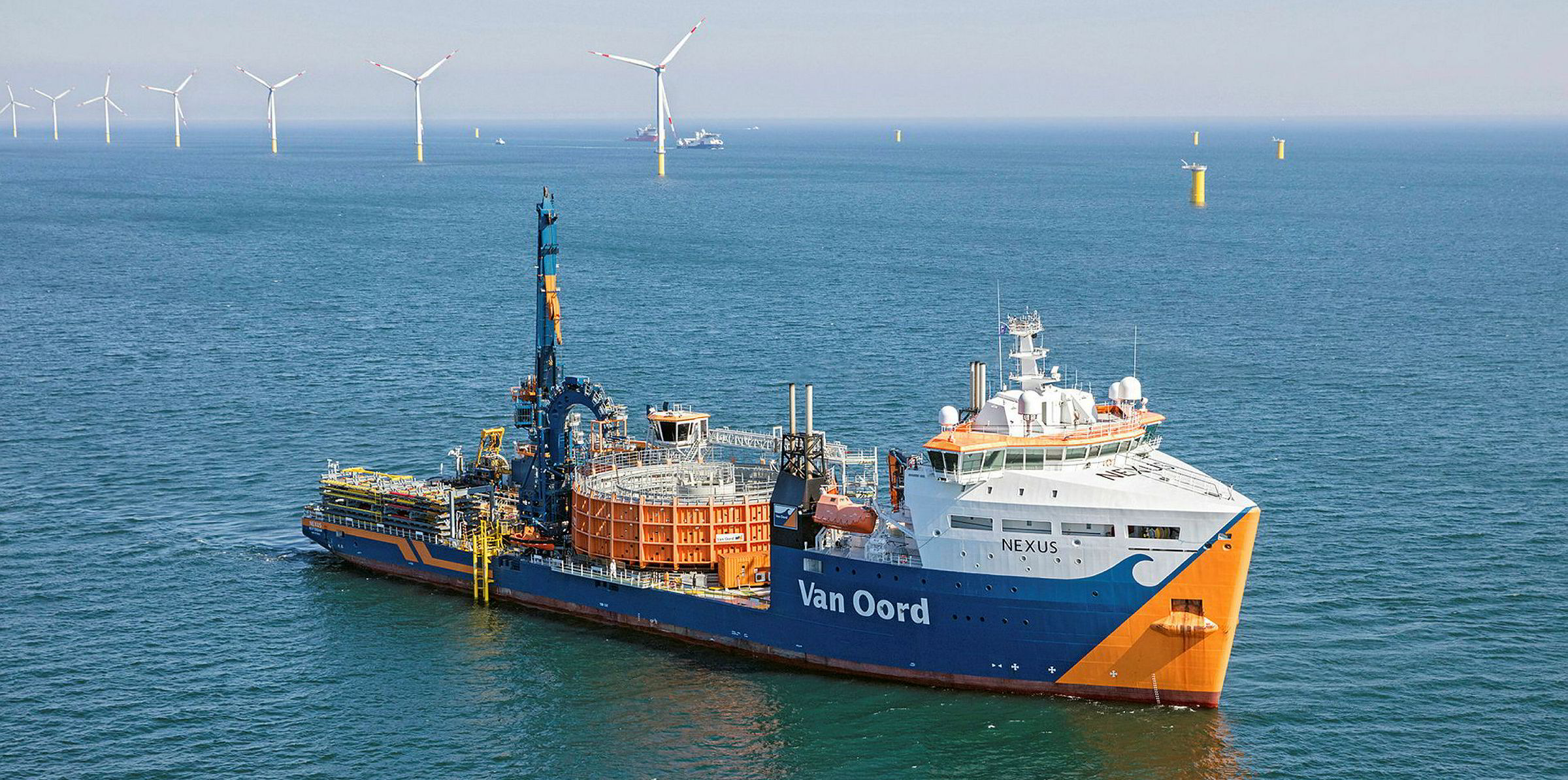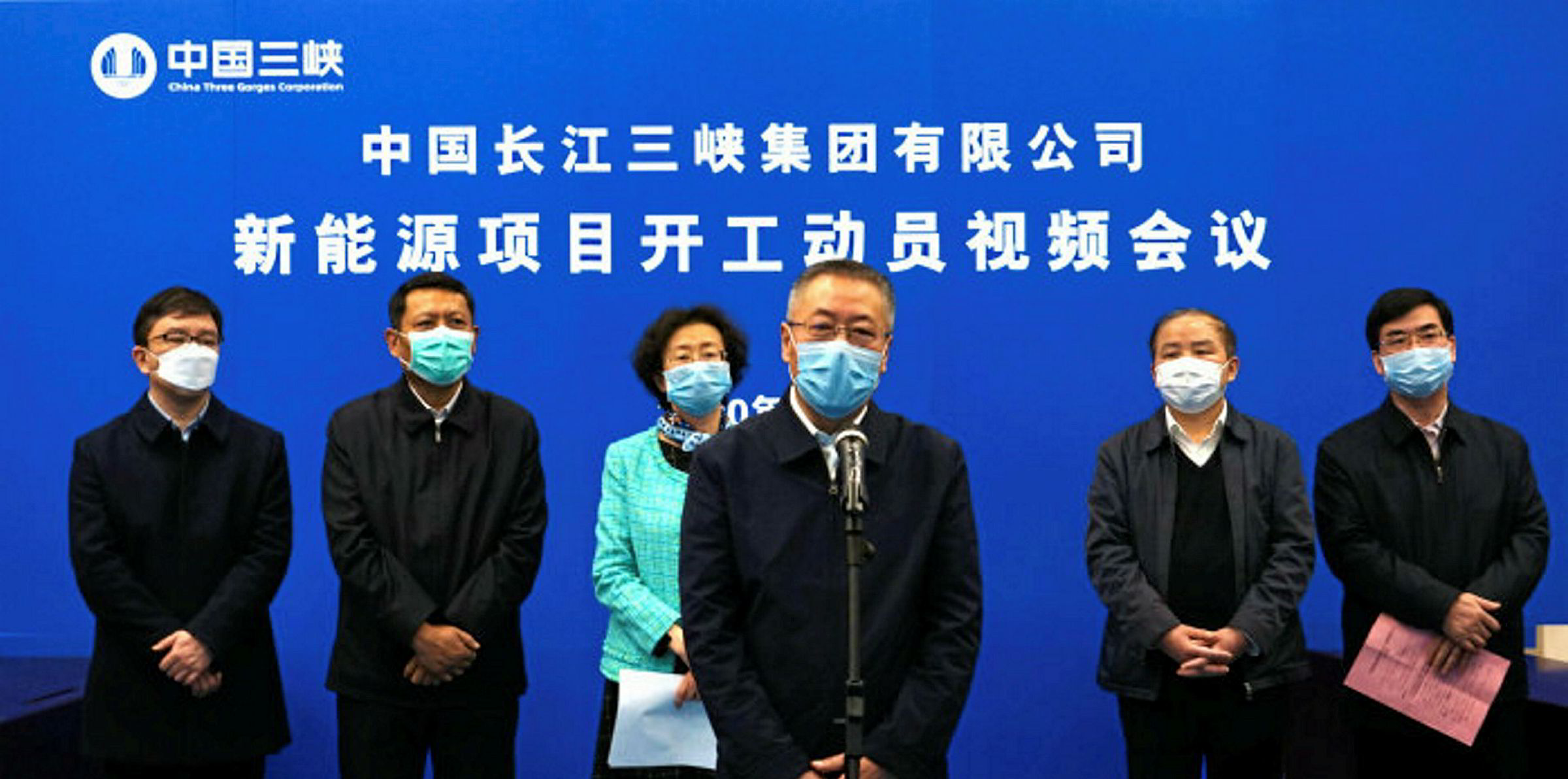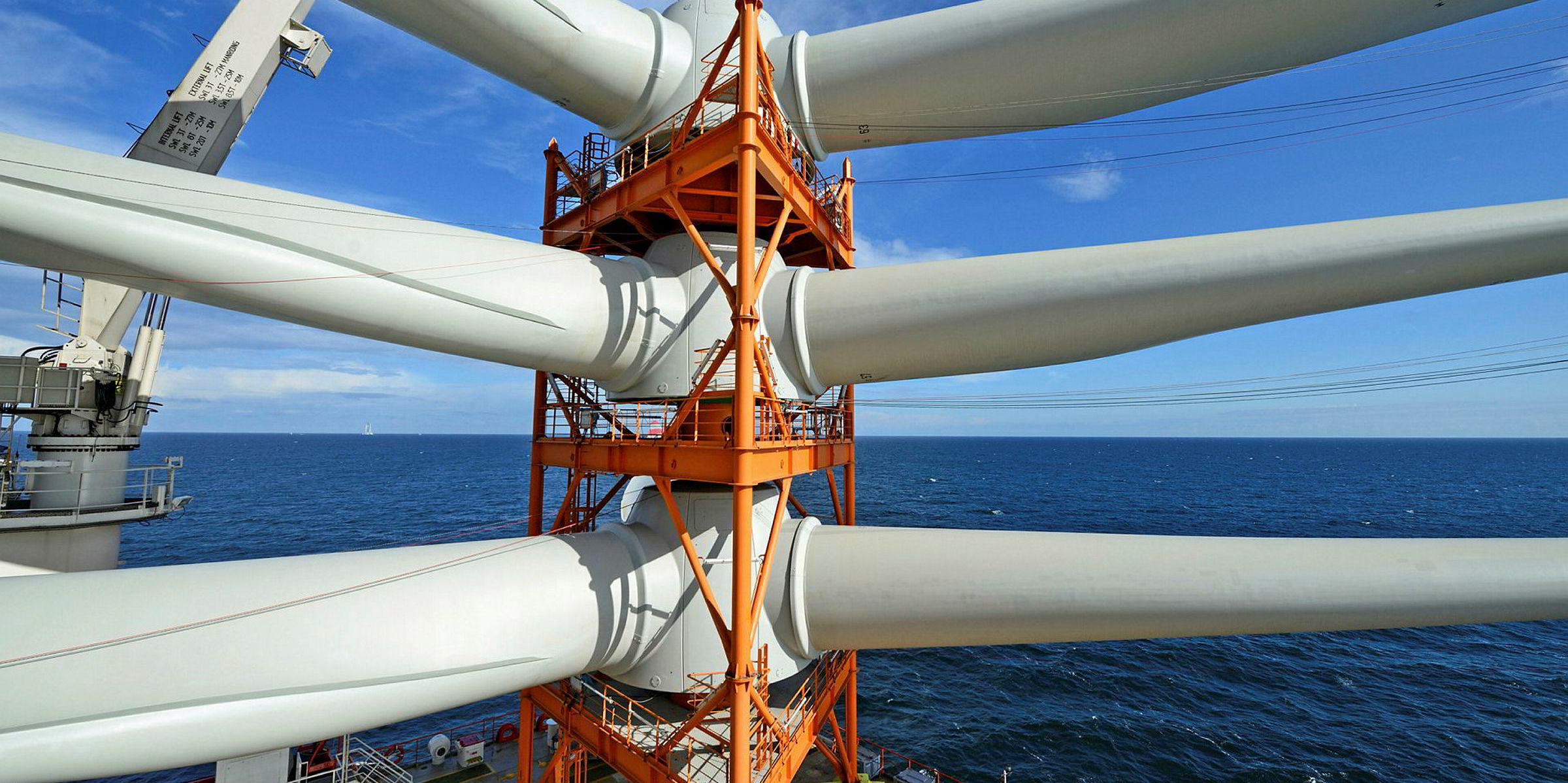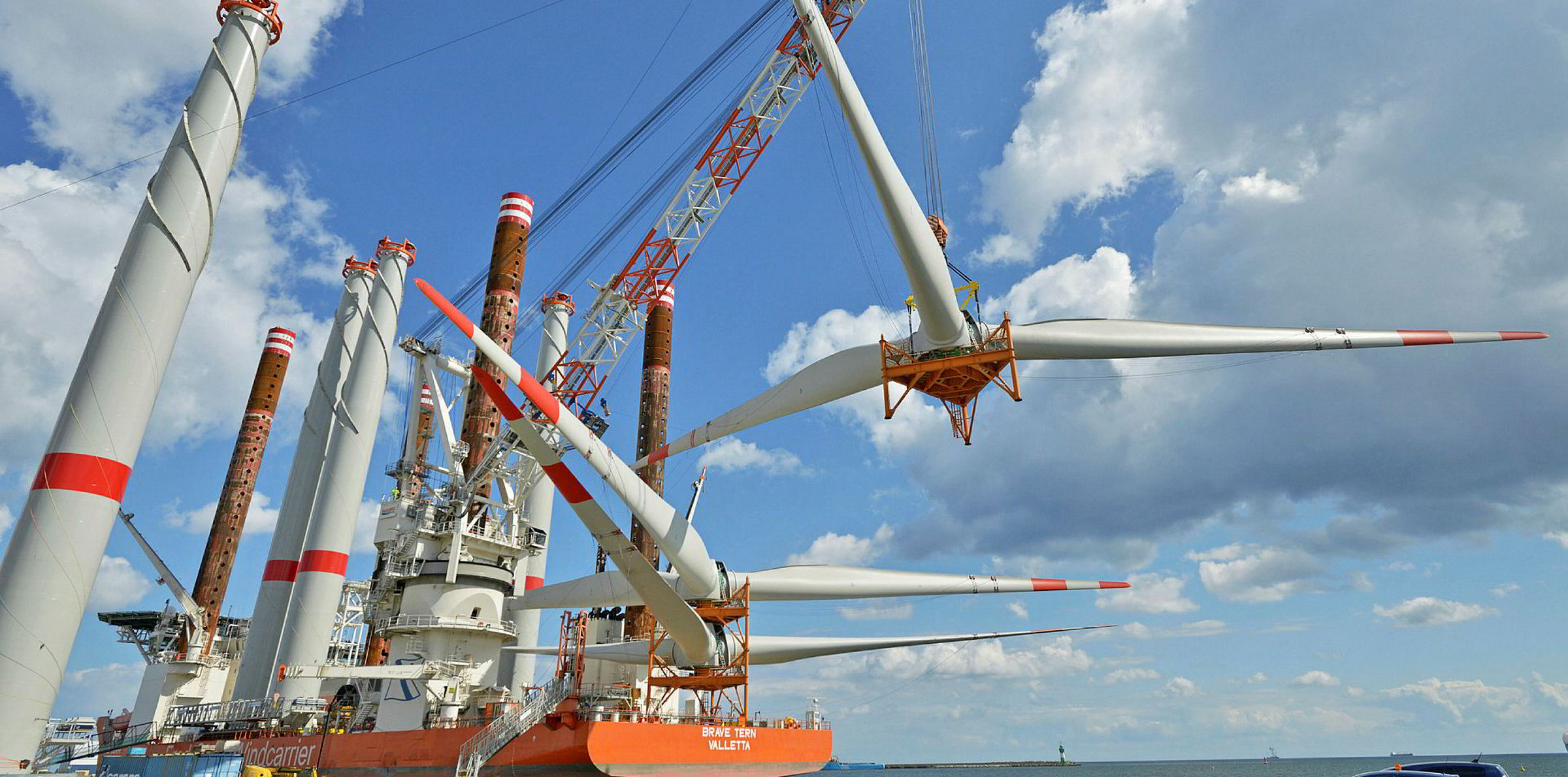Total investment in offshore wind power projects in Asia Pacific (APAC) came in at almost double that in Europe in 2019, as the fast-moving emerging market eclipsed the sector’s historic heartland for the first time, according to new research from the Renewables Consulting Group (RCG).
Led by Taiwan, Japan, and Vietnam, the capital spend in APAC surpassed $10bn, while in Europe just over $5.5bn was invested – a differential largely explained by the “maturity of the [latter] market and intense competition” which have driven down the levellised cost of energy per megawatt by over 50% in recent years, said the UK analysts.
Overall, by RCG’s calculus in its Global Offshore Wind: Annual Market Report, Europe saw just under 1.4GW of offshore wind plant reach financial close last year, while for APAC this was nearly 2GW.
“Taipei’s offshore wind development plan, supported by a feed in tariff, is starting to bear fruit [in Taiwan] with five projects reaching financial close in 2019, totalling almost 2GW in cumulative capacity,” said RCG director Lee Clarke, noting that the financial investment decision (FID) reached on the Changfang and Xidao projects in the first quarter of 2020 suggested the “mechanisms and procedures that can be adopted in emerging markets in order to attract investment and lower project costs”.
Progress in Taiwan’s offshore wind market, he said, “could be attributed to a number of causes but the presence of a robust financial support mechanism – in this case a feed in tariff regime providing developers with the confidence to make long-term investments – and the ongoing development of a local supply chain must be considered key drivers.
Clarke also spotlighted break-out FIDs for the Vietnamese and Japanese markets, via Tra Vinh 1 and Akita projects, respectively reached the same milestone.
“Asia Pacific markets are learning from [Europe’s] experience, but scale and increased local content will be required for costs to follow suit.”
Though 2019 was a “particularly strong year” for the APAC region in locking up project investment, other markets “continue to advance”, emphasised Clarke, pointing to RCG’s forecast that 8-13.5GW of cumulative capacity will reach FID in the next four years worldwide.
“Europe and the Americas laid the foundations for similar project progress from 2020-2023, with significant lease auctions, power purchase solicitations and legislative changes taking place in the past year.
“In the UK, France, the Netherlands, and the US, large-scale offshore wind solicitations have positioned more projects closer to financial close than in any previous year in the history of the offshore wind market,” said Clarke.
RCG’s positive outlook, he added, included “several multi-phase projects that have recently secured route to market with likely investment decisions distributed according to the specific phase of development”.
Mirroring the link between the UK’s Contracts for Difference round and the spikes in cumulative capacity moving to a pre-construction phase – which typically lag a year behind auction results – RCG expects “significant investment decisions” to be made from 2021 onwards in the US, following the various large-scale solicitations during 2019, supporting a total of 6.4GW of offshore wind capacity.
“Because leasing is managed by the federal government and power purchase agreement solicitations are managed at the state level, there is a potential disconnect between timings, with developers trying to marry the two timetables,” said Clarke.
“Looking further ahead, it is clear that once emerging markets successfully implement legislation that provides a clear framework for offshore wind and supports long-term investment through a stable financial support mechanism, investment decisions can be made on more projects in a shorter timeline, accelerating development,” he said, highlighting that the “push for these systems hasn’t just been top down”.
“In 2019, energy company Equinor and the Canary Islands local government advocated the implementation of a route-to-market structure from the federal government in Spain that would support floating wind. Similarly, in Australia, the Star of the South project has sought support in a market with no formal process for offshore wind.”
Whether the spread of the Covid-19 virus impacts on near-term investments in offshore wind, Clarke noted, is “hard to predict”, with the International Monetary Fund having already downgraded its global growth outlook, but governments likely to launch new stimulus packages to soften.
“China has already announced more fiscal spending to boost infrastructure in order to shore up economic growth,” he said. “Right now, no offshore wind projects have been delayed, but investor confidence is fragile and supply chains are under pressure.”
The International Energy Agency, in its first standalone report on the sector, forecast offshore wind would mushroom to become a main engine of the transition toward a decarbonised global energy system in the coming decades, with the worldwide fleet expanding 15-fold to reach at least 340GW by 2040.
The International Renewable Energy Agency is more optimistic, predicting the global build-out could reach 1TW of offshore wind plant by 2050. And the World Bank produced a study late last year that suggested “emerging” plays alone could ultimately add as much 3TW to the worldwide fleet.





